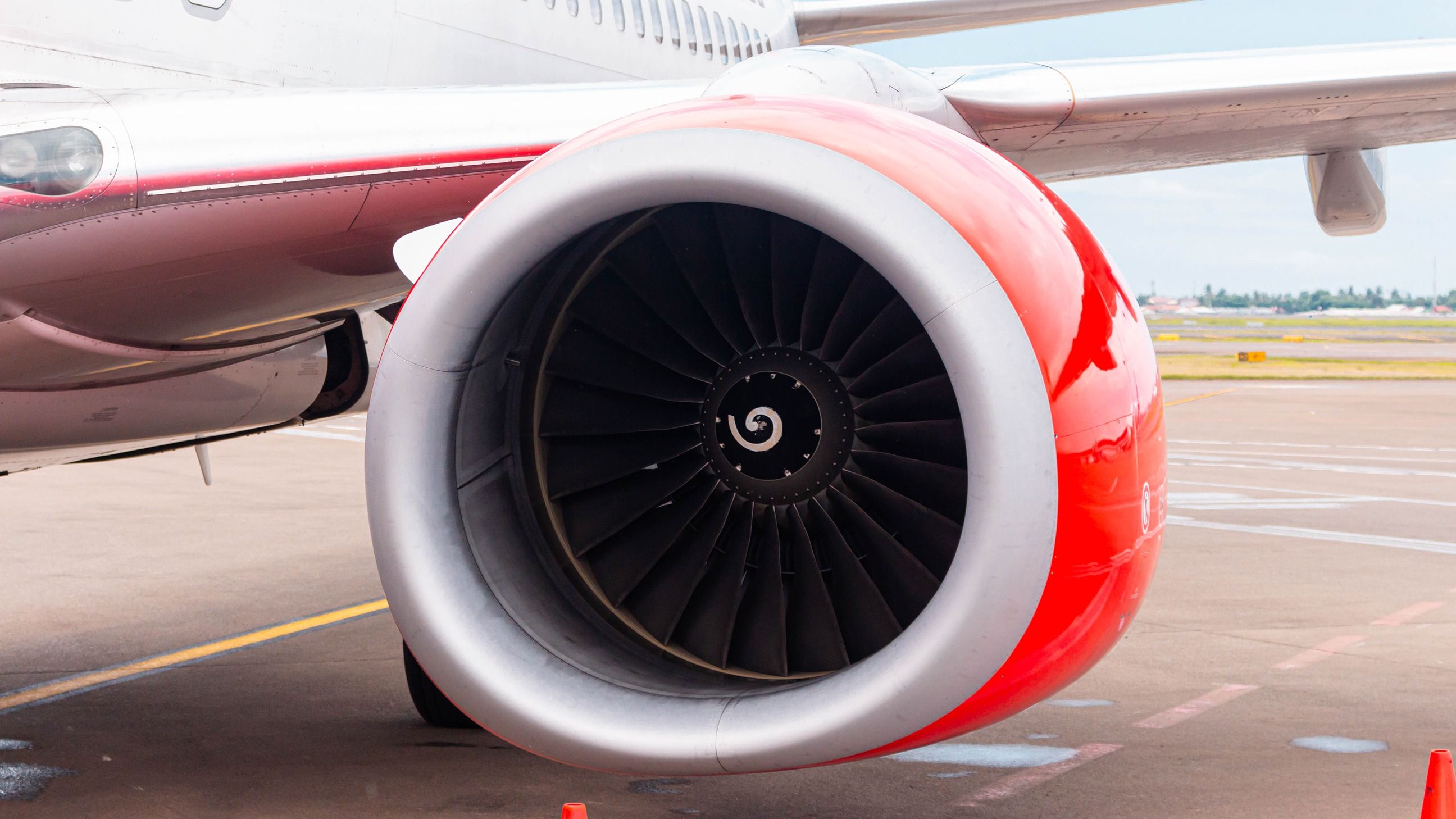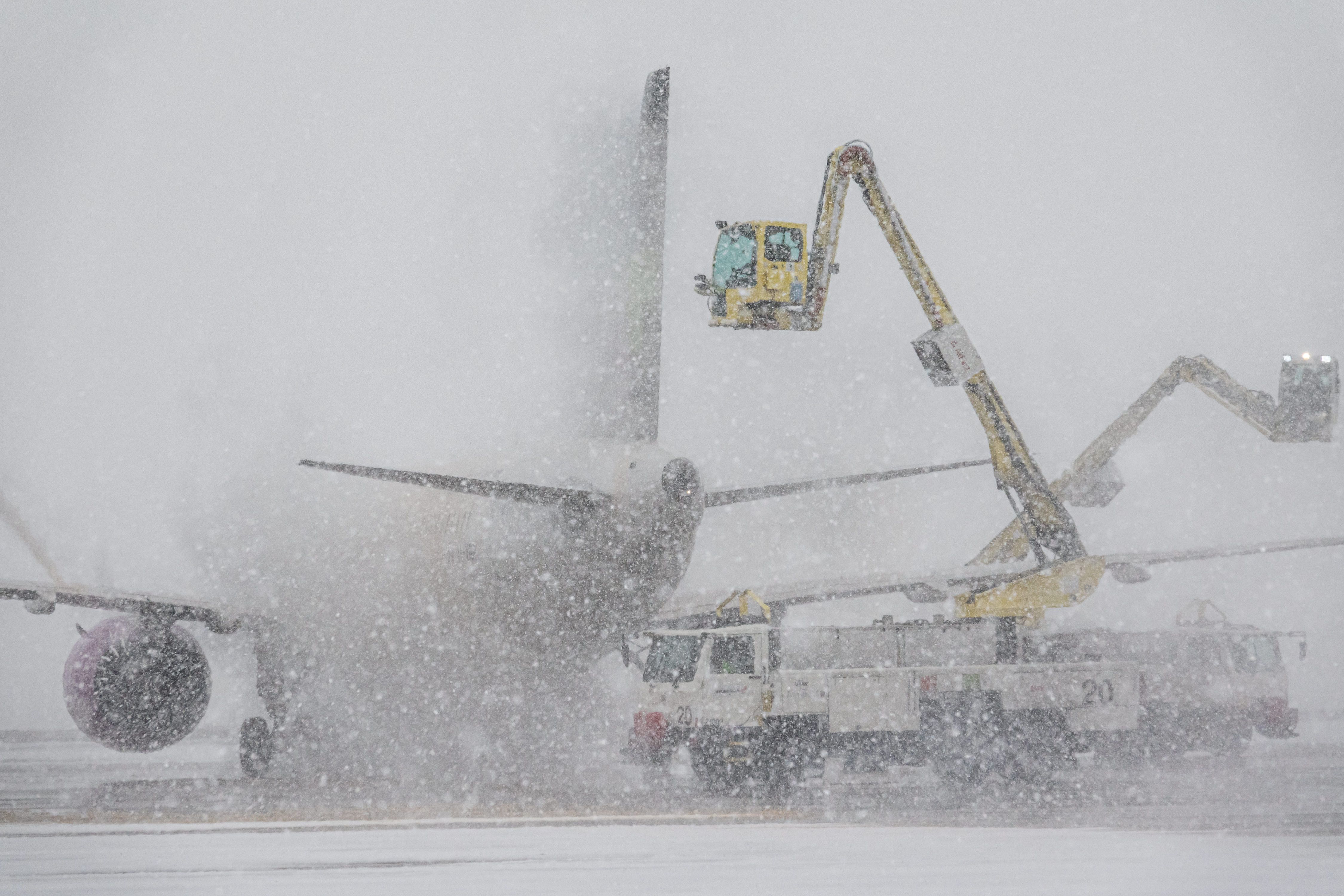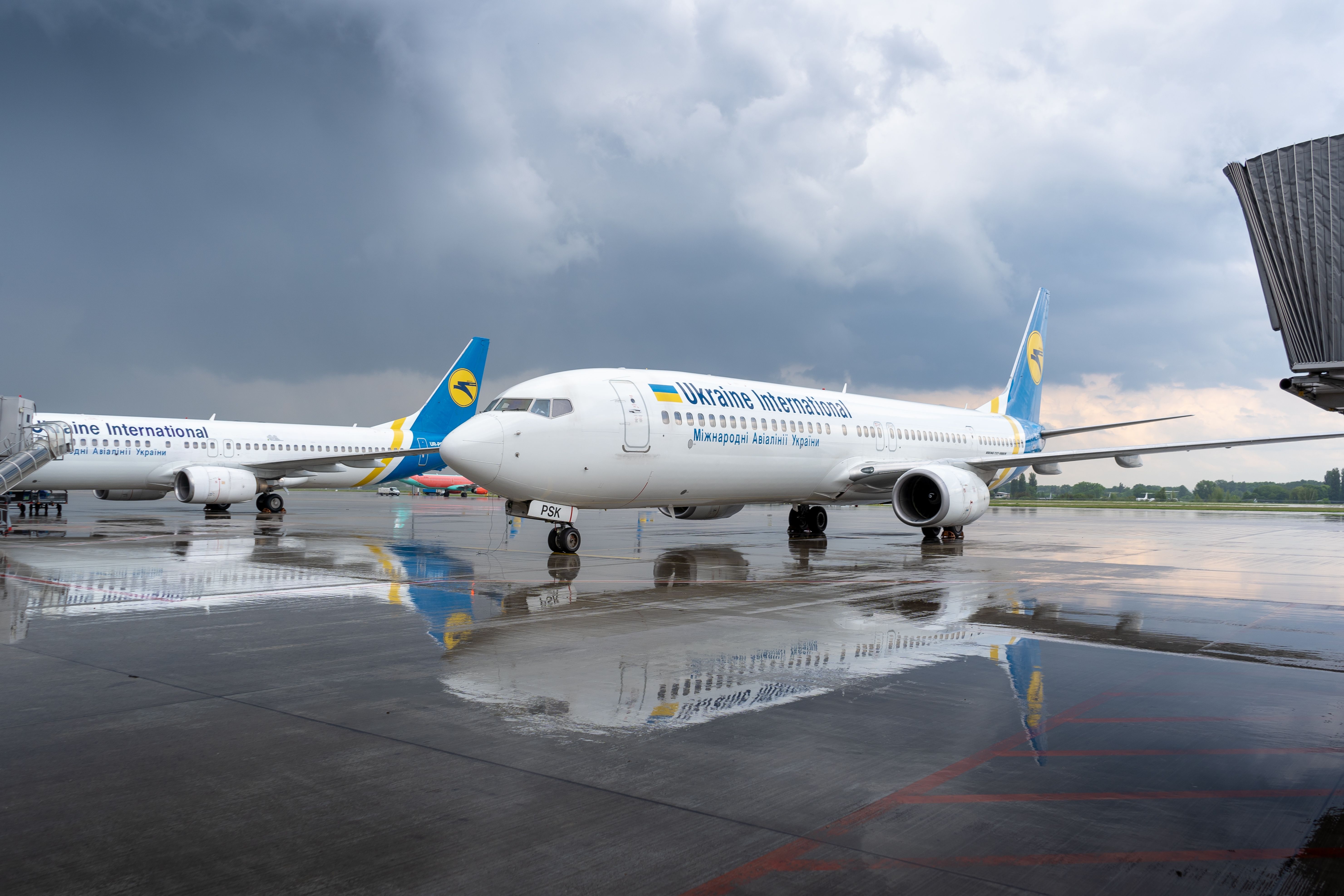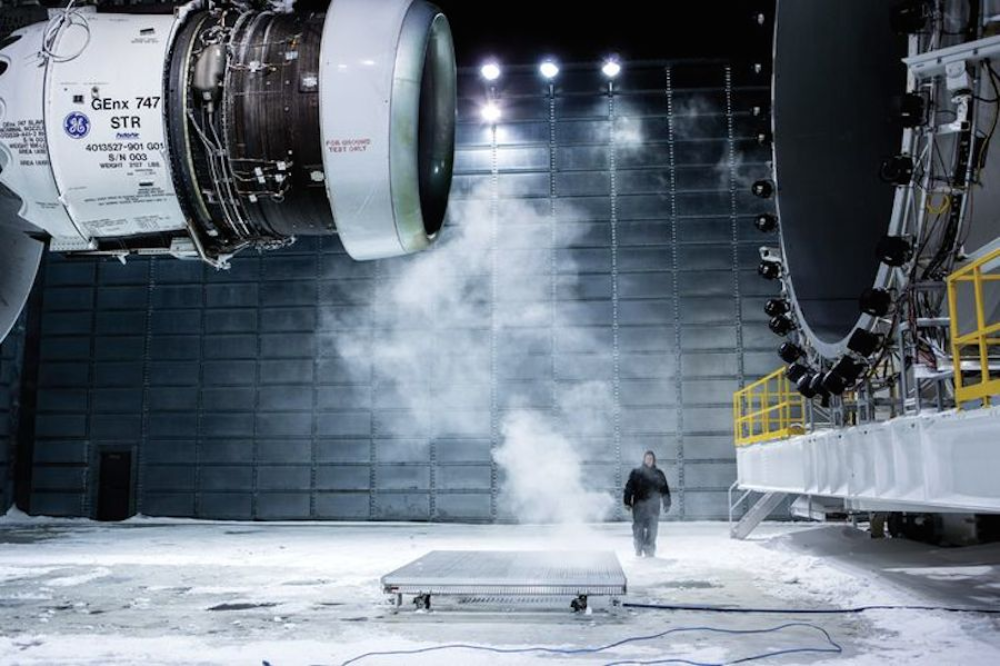Summary
- Aircraft engines are designed to withstand rain during flight, as the water is diverted away from the combustion chamber.
- The high temperature of the engine's combustion chamber converts incoming water to steam, causing minimal disruption to engine power output.
- Ice and hail can pose a risk to engines, as ice buildup may damage fan blades and hail can cause exterior damage, but engines are tested to handle such conditions.
During the winter, massive storms often have the potential to delay flights, and precipitation in the form of snow, hail, and freezing rain can seriously impact ramp operations. However, modern engineering has allowed contemporary airliners to be robust and operate even under suboptimal conditions.
A key part of this comes from advancements made in engine technology that have allowed powerplants to operate under almost any conditions. In this article, we will take a closer look at how precipitation affects today's turbofan engines.
Modern Engines
Aircraft are designed to withstand severe weather on a regular basis while ensuring passenger safety. The sky's most common Jetliners, like the Boeing 737 and Airbus A320, frequently fly through storms and inclement conditions without experiencing engine power loss. While it may seem that the sudden or constant influx of water would decrease an engine's ability to output thrust, this is rarely the case.
Today's turbofan engines found across the world operate using internal combustion, as Simple Flying previously analyzed. Low and high-pressure compressor blades draw air into the engine and toward the combustion chamber, where the air is mixed with fuel and exits as exhaust to propel the plane forward.
A significant portion of that air bypasses the central engine core and travels between the engine cowling and the combustion core. The bypassed air remains compressed as it exits, producing over half of the total engine's thrust while cooling the central core.
Rain on me
In general, commercial aircraft are expected to encounter rain and other precipitation both while on the ground and in flight. Jetliners consistently fly through thunderstorms, with engines inhaling large quantities of water rapidly while still maintaining safe levels of thrust.
The deluge of water, however, does not all pass through the engine's central core, with the blades of the compressor catching the initial influx of water and spinning it towards the outer walls of the engine with centrifugal force. This allows the water to bypass the air system and avoid contact with the combustion chamber in the engine core.
Get all the latest aviation news right here on Simple Flying.
Even on jet engines that do not feature bypass systems, the rain is unlikely to disrupt the combustion process. The extraordinarily high temperature of the engine's combustion chamber, sometimes reaching 900 °C (1,650 °F), converts the incoming water into steam with little influence on the engine's power output.
Water has sometimes been intentionally fed into jet engines before the dawn of afterburners. The increased mass being exhausted from the engine increases thrust at low speeds and aids engine cooling.
However, under certain extreme circumstances, immense rain and hail can affect aircraft operations, as reported by Aeroengine Safety. As a result, aircraft are always instructed to avoid severe conditions.
Ice, Ice, Baby
Freezing rain and snow can be more problematic as they may cause ice to build up at the engine intake. If ice builds up around the intakes of the engine, chunks of it may break off and hit the engine fan. This could damage the fan blades and lead to a compressor stall. The intakes are heated to prevent ice from forming around them so that there is no risk of dislodged ice hitting the fan.
Hail can also be a concern when flying close to severe thunderstorms. The pellets of ice can damage the exterior of the aircraft in addition to the engine, and pilots are encouraged to avoid thunderstorms by at least twenty miles. An Emirates Boeing 777-300ER encountered severe hail upon departure from Milan Malpensa Airport earlier this year and returned after sustaining severe damage and shattered windshields, as was reported by Simple Flying in 2021.
In freezing rain, freezing fog, or heavy snow, aircrews can shed any ice build-ups by intermittently running the engines up, according to the National Weather Service. In the case of a loss of power due to ice or large amounts of water entering the combustion chamber, the pilot could then attempt to relight the engines or engage the automatic igniters safely, according to Aerospace Web.
Lightning is even less of a concern. The National Weather Service estimates a commercial jetliner is hit by lightning an average of once a year. Aircraft are engineered explicitly to withstand lightning strikes, and disruptions are infrequent.
While rain alone is unlikely to heavily impact operations, the same cannot be said for ice and thunderstorms. In order to ensure safe flight operations, air traffic control, maintenance teams, and aerospace regulators will carefully monitor engine ice and powerful storm cells.
"Tons" of testing
Jet engines are tested thoroughly to withstand severe storms safely. One of the many steps for aircraft certification involves flying in inclement weather, the preparation for which occurs on the ground. Engine manufacturers such as General Electric and Pratt & Whitney have state-of-the-art testing facilities to ensure the engines can handle heavy precipitation before they even leave the ground.
The engines are tested under various conditions, including introducing foreign objects to simulate a bird strike. In the case of General Electric's GEnx engines, giant hoses sprayed three tons of water a minute at the engine to check for any weaknesses before production, followed by one ton of manufactured hail.
Technological advancements in onboard weather radar can also help aircrew avoid severe weather cells. The systems can detect large buildups of particles such as hail, rain, and ice crystals such as snowflakes.
Overall, cases of aircraft engine flameouts due to precipitation remain infrequent compared to running out of fuel. A combination of centrifugal force, the speed at which air passes through the chamber, and the engine's heat all work together to prevent precipitation from flooding the engines.





